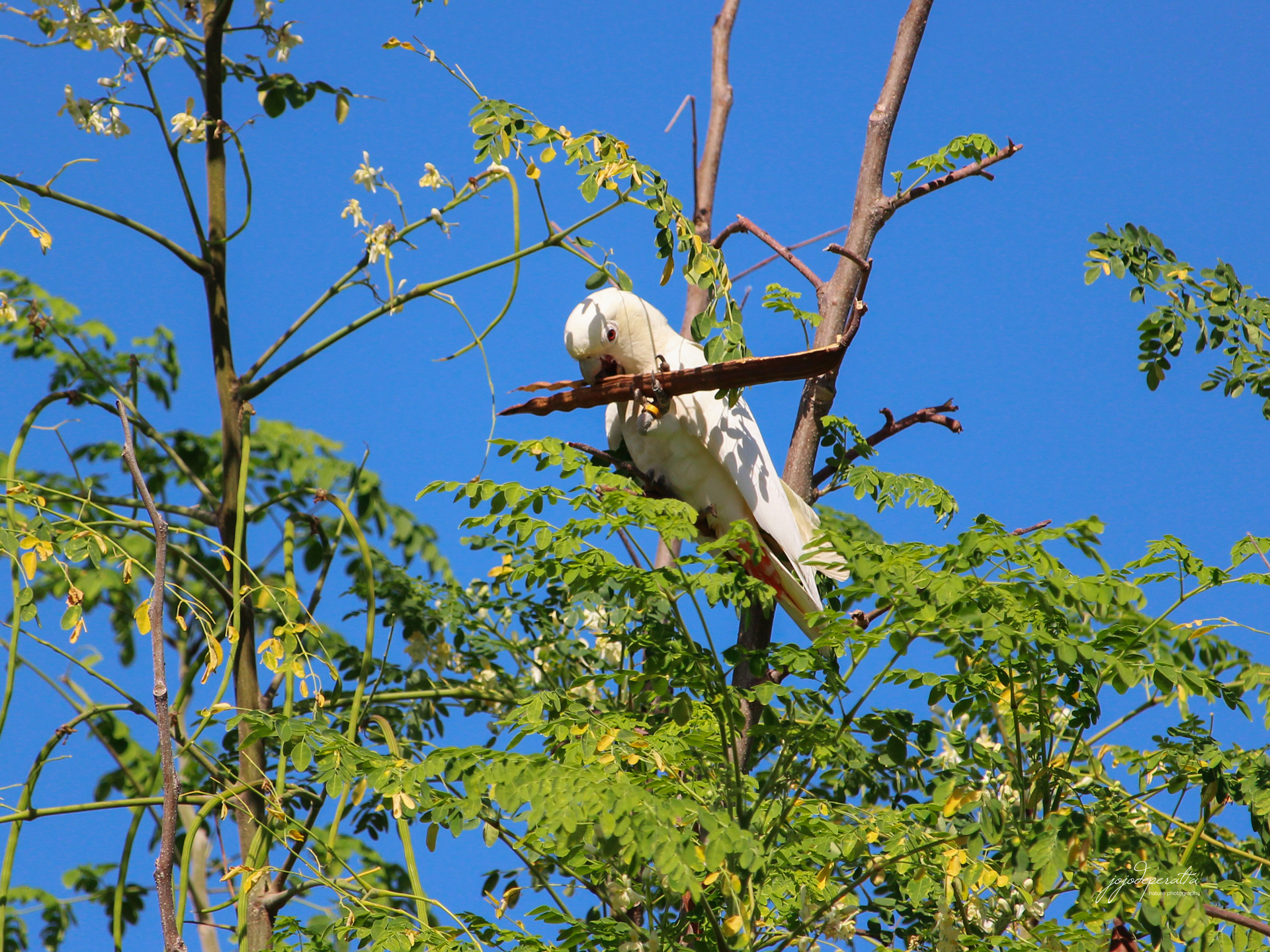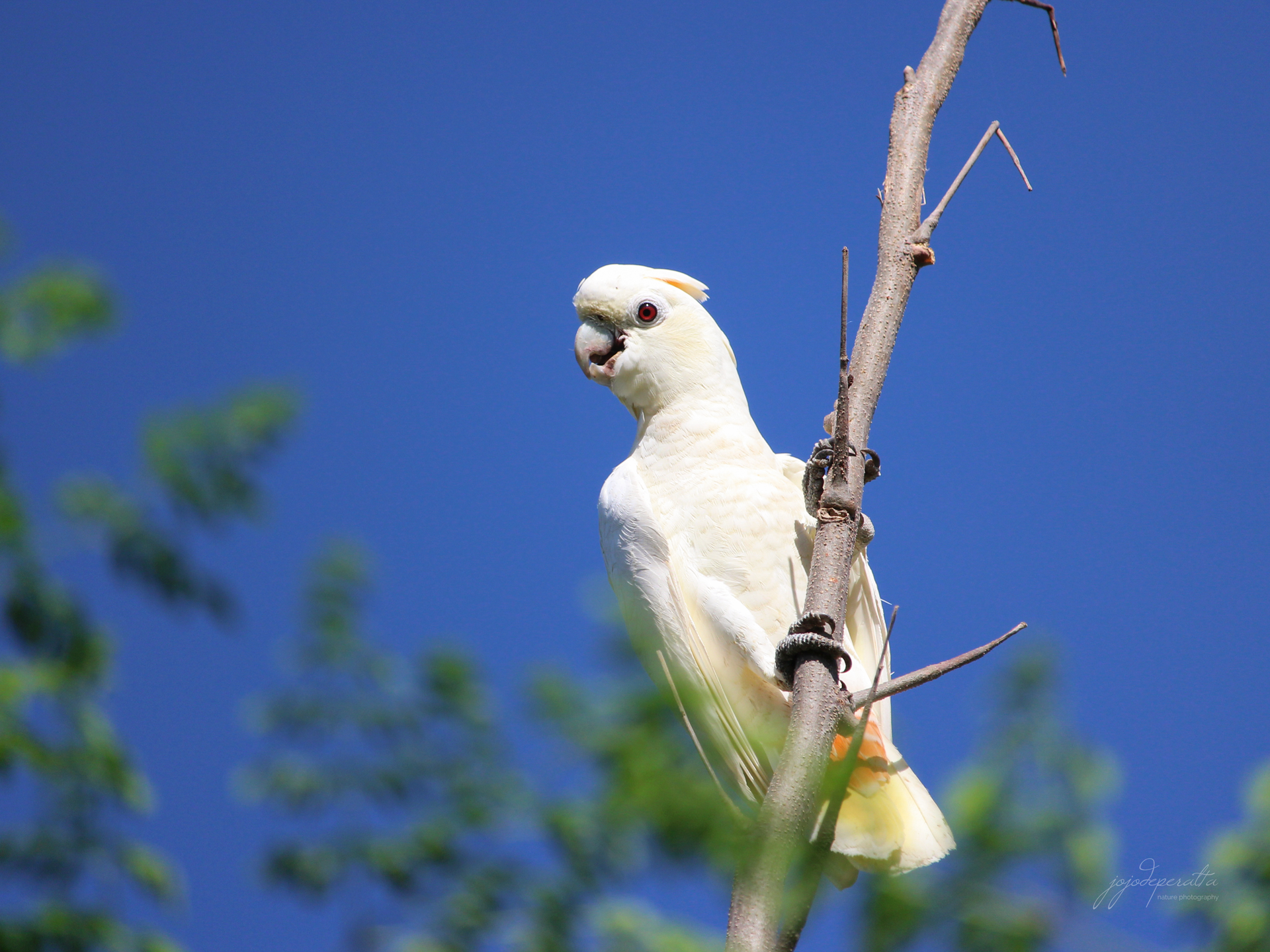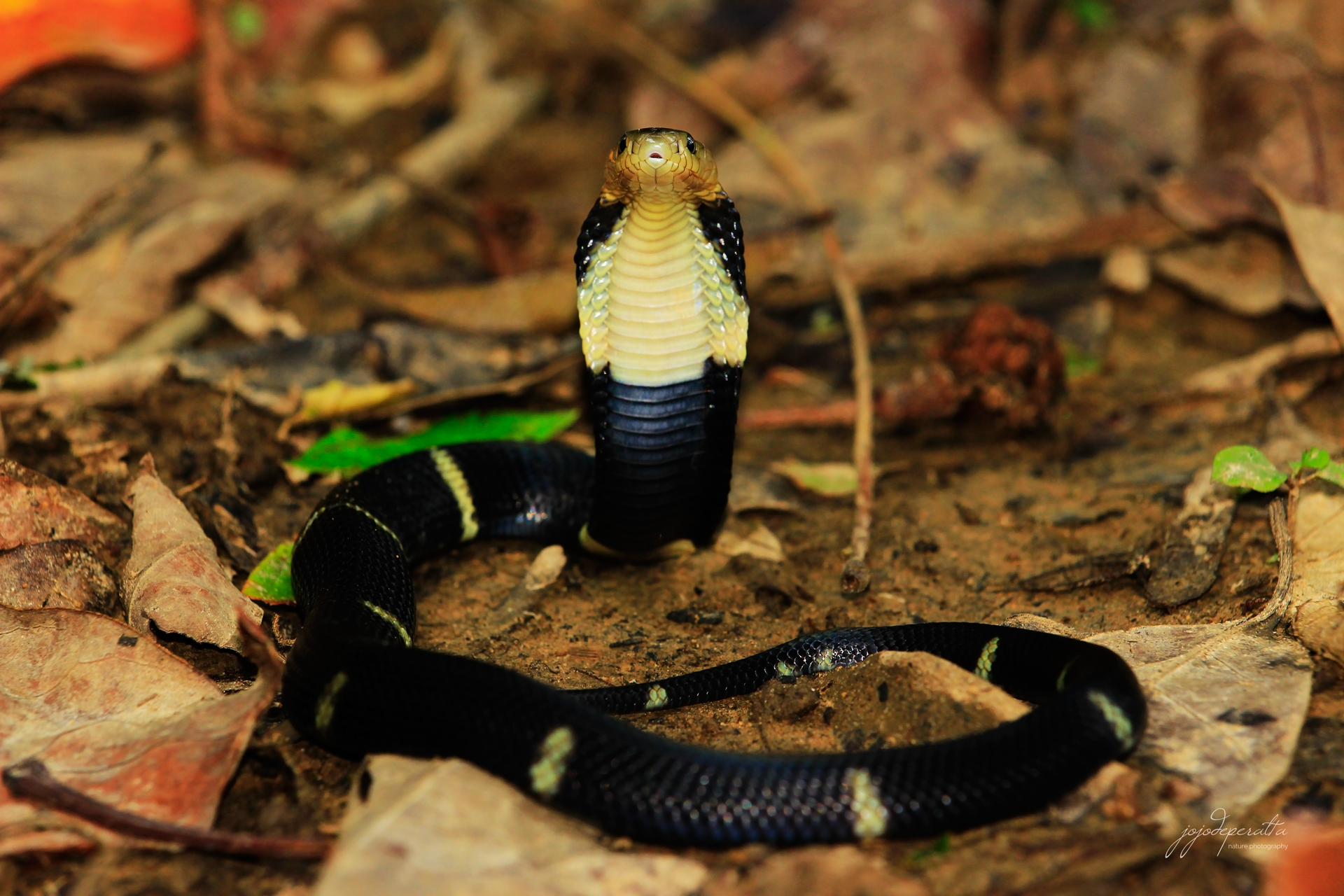Skip to main content
Philippine Cockatoo
The Cacatua haematuropygia (Müller, 1776) or the Philippine Cockatoo is
the only species of cockatoo in the Philippines. It is one of the most
extra-ordinary birds in Palawan and probably the one closest to the brink of
extinction in the province. It has white plumage, helmet crest and red undertail coverts
tipped with yellowish-white undertail. The chest and stomach are all
white, but the underwings are pale yellow. It is the largest in all
existing Psittacine members in Palawan, measuring 8.6 inches in wingspan
and a few centimeters over 12 inches long.
 |
| Philippine Cockatoo |
The Philippine Cockatoo, also called Red-vented Cockatoo is a social
species which flies and feeds in large flocks, but the pairs live apart
from the flock during the mating season. They lay two or three eggs in
nest inside tree cavities, often reusing the same nesting tree year
after year. The voice are loud and harsh, this bird can make
characteristic bleating calls, as well as screeching and whistling
noises. Like the Blue-naped Parrot (Tanygnathus lucionensis) and Talking
Myna or Hill Myna (Gracula religiosa palawanensis), it has the ability
to mimic human voices. It can be train to “talk” in captivity, and
because of this unique characteristics, the demand for the Philippine
cockatoo in illegal pet trade is very high. In the late ‘80s and ‘90s,
almost all known unprotected nesting trees were poached every year, the
chicks were taken from every accessible nest and sold to illegal
birdcage trade.
 |
| Philippine Cockatoo |
Other factors that have contributed significantly to its decline are
trapping or hunting for food and persecution as an agricultural pest.
The cockatoo is formerly regarded as a pest. They usually feed on
fruits, seeds, buds and flowers, but this species is very adaptable and
even forages on crops, particularly rice and corn. The Philippine
Cockatoo seems to be restricted to lowland primary and secondary forest
and the widespread conversion of lowland forests to agricultural and
settlement areas drastically affected this species. The cutting of
mangroves and forest trees result to the loss of nesting and
food-providing trees for the Philippine cockatoo and it has suffered an
extremely rapid population reduction owing to extensive loss of its
habitats.
 |
| Philippine Cockatoo |
With the rampant poaching, lowland deforestation and mangrove
destruction, it’s not easy for this species to survive. Typhoons and
droughts are also a threat to the nestlings and the occasional predators
in the wild like the Palawan water monitor can cause nest or breeding
failure. Its populations have decreased dramatically in Palawan in the
1990’s and it slowly disappeared in many municipalities. In 1998,
there were only 23 to 25 individuals left in Rasa Island, A
cockatoo-nesting site 11 kilometers from where I live. Imagine the
pandemonium it caused when they found out that of the hundreds of
cockatoos breeding in Rasa Island in the 70’s and 80’s, only 25 birds
remained. There was a lot of noise and finger pointing on who's responsible and a conservation group stepped in. Resolutions was made,
nest monitoring and protection including the banding of nestlings were
conducted. Trees were planted in the island and the adjacent mainland.
Awareness campaigns were conducted and residents were encouraged to
plant food-providing trees for the cockatoos. It was hard work. Nevertheless, the population of the cockatoos in Narra slowly, but
gradually increased. The Philippine Cockatoo is still far from being
safe and it’s still listed as Critically Endangered in IUCN, but I am
seeing more cockatoos flying frequently these days and I’m thinking that
there is hope for this species.












